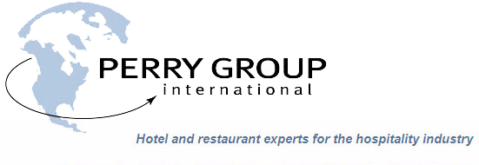With the New Year almost upon us, here is a good synopsis of the Health Care Security Ordinance (HCSO), courtesy of the restaurant industry analysis department at Golden Gate Restaurant Association, if you operate a business in San Francisco. Several provisions have been updated in the new ordinance and take effect on January 1, 2012. Below is a summary of the key changes: First, all “Covered Employers” (i.e. businesses with 20 or more employees) must post an Official OLSE Notice at every workplace. Restaurant management and owners can download and print a copy of the Official OLSE Notice here. Second, the 2012 Health Care Expenditure rate for large employers (100+ employees) is $2.20/hour. For medium-sized employers (20-99 employees), the rate is $1.46/hour. Third, the 2012 Annual Salary Exemption Figure for (for managers, supervisors, or confidential employees) is $84,051 (or $40.41/hour) Fourth, the following new provisions apply only to businesses that utilize reimbursement accounts to satisfy, in whole or in part, the HCSO spending requirement. In order for reimbursement account contributions to qualify as health care expenditures, all of the following criteria must be met: 1) The contributions must be reasonably calculated to benefit the employee (This requirement is designed to address benefit plans that are so restrictive that it becomes difficult for an employee to use. To avoid any questions by OLSE, the GGRA suggests that you allow for a broad range of reimbursable expenses including prescription drugs, dental, vision and health insurance premiums); 2) The contributions must remain available to the employee for a minimum of twenty-four months from the date of the contribution (For example, unused HRA contributions made for the Jan – March 2011 quarter must remain available to the employee through the Jan – March 2013quarter unless the employee leaves your employment); 3) The employee must receive a written summary of each contribution within 15 days of the date of the contribution; 4) Any reimbursement account funds available at the end of 2011 must roll-over to 2012; and 5) Upon separation, employees must be provided with a written summary of their account within 3 days and the funds must remain available for a minimum of 90 days. Fifth, the following new provisions apply only as part of this restaurant industry analysis update if you impose a surcharge on customers to cover, in whole or in part, the costs of the HCSO spending requirement. 1) You will be required to report two new pieces of data to the OLSE on the Annual Reporting Form (instructions will be mailed to businesses in March 2012): the amount of money collected from the surcharge specifically for employee health care and the amount of money spent on employee health care. 2) If the amount collected from the surcharge for employee health care is greater than the amount spent on employee health care, the Covered Employer must irrevocably pay or designate an amount equal to that difference for employee health care. The surcharge disclosures are designed to prevent consumer fraud. If you have a surcharge for “Healthy SF or Health Care”, your customers expect 100% of that money to be spent on healthcare. If you have an “SF Employer Mandate” surcharge and some portion of that surcharge is used to cover the cost of the ordinance, you will need to allocate the appropriate percentage of the surcharge to cover costs of the Health Care Security Ordinance and report that on your annual form to the City. Need more help from a restaurant management consultant on employee health care programs? Contact us and we can send you additional restaurant industry analysis and resources.
Share this post





